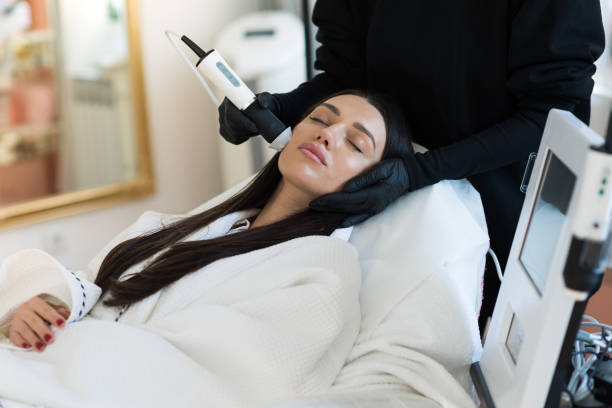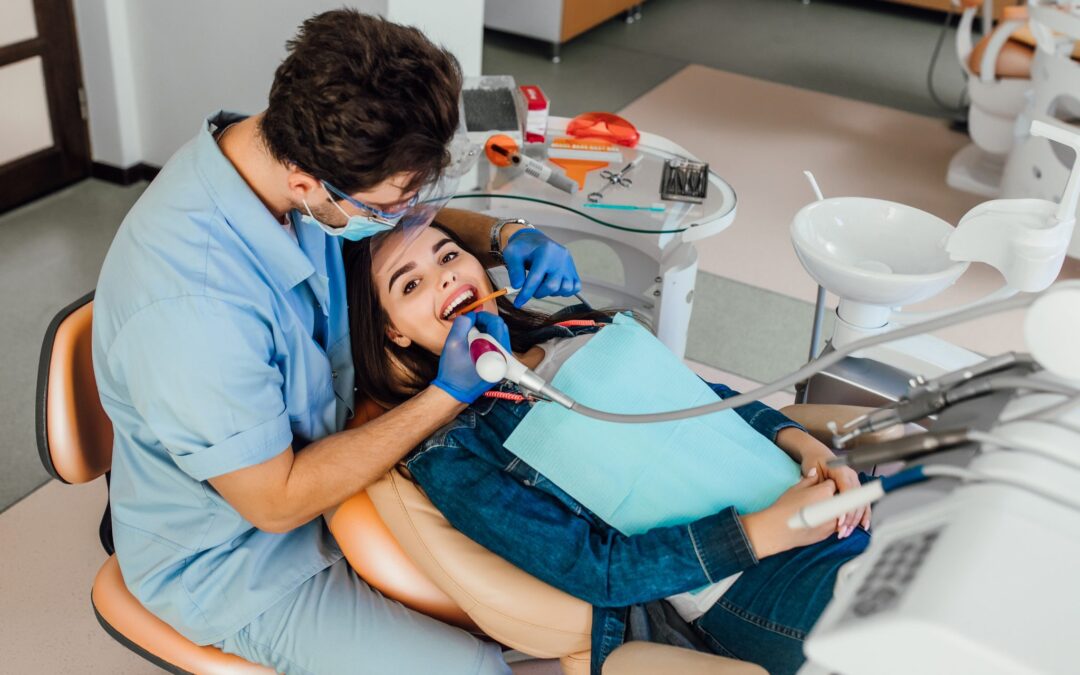Dark circles are one of the most stubborn and common cosmetic concerns people face, regardless of age or gender. These under-eye shadows can make you look tired, aged, or stressed, even when you’re well-rested and healthy. Fortunately, advancements in dermatology and skincare have introduced a wide range of effective non-surgical solutions to help minimize and even eliminate dark circles.
In recent years, DARK CIRCLE TREATMENT علاج الهالات السوداء has become more accessible and effective thanks to innovations in dermatological technology. These treatments target the root causes of dark circles, whether pigmentation, volume loss, thin skin, or vascular visibility, without the need for invasive surgery.
Understanding the Causes of Dark Circles
Before deciding on a treatment plan, it’s important to identify the underlying reason for your dark circles. Some of the most common causes include:
-
Genetics: Many people inherit thin under-eye skin or hyperpigmentation.
-
Lack of Sleep: Poor sleep can lead to fluid retention and puffiness that cast shadows.
-
Aging: Natural volume loss and thinning skin can make veins more visible.
-
Allergies: Allergic reactions can dilate blood vessels, making discoloration more prominent.
-
Lifestyle Factors: Smoking, alcohol, and dehydration contribute to tired-looking eyes.
By diagnosing the root cause, a dermatologist or skincare specialist can recommend the most appropriate treatment for your unique condition.
Top Non-Surgical Treatments for Dark Circles
Let’s explore the leading non-invasive options used in modern dark circle treatment:
1. Topical Creams and Serums
Over-the-counter and prescription creams containing ingredients like Vitamin C, retinol, caffeine, hyaluronic acid, and peptides can help lighten pigmentation, stimulate collagen, and hydrate the under-eye area.
2. Chemical Peels
Gentle peels using glycolic acid, lactic acid, or kojic acid can exfoliate dead skin and reduce melanin production, improving the appearance of pigmented dark circles.
3. Laser Therapy
Laser treatments such as fractional CO2 or Q-switched lasers target pigmentation and promote collagen production. They are especially effective for those with dark circles due to excess melanin.
4. Microneedling with PRP
Microneedling stimulates collagen production, and when combined with platelet-rich plasma (PRP), it accelerates skin healing and rejuvenation, improving both color and texture.
5. Dermal Fillers
Hyaluronic acid-based fillers can be injected into the tear trough area to restore lost volume and mask the visibility of veins. Results are immediate and can last up to a year.
6. Radiofrequency and Ultrasound Treatments
These technologies use heat to tighten the skin and boost collagen formation, making under-eye skin firmer and reducing hollowness.
At-Home Tips to Support Treatment
Professional treatments are more effective when combined with good skincare habits. Here are a few things you can do at home to maintain results and prevent recurrence:
-
Get 7–8 Hours of Sleep: Proper rest reduces puffiness and darkness.
-
Apply Cold Compresses: These help reduce swelling and constrict blood vessels.
-
Use Sunscreen Daily: UV rays worsen pigmentation under the eyes.
-
Stay Hydrated: Drinking water keeps skin plump and healthy.
-
Eat an Antioxidant-Rich Diet: Vitamins A, C, and E help repair and protect skin.
Who is a Good Candidate?
Non-surgical treatments are ideal for individuals who:
-
Want to avoid downtime and surgical risks
-
Are dealing with mild to moderate dark circles
-
Have realistic expectations
-
Are not pregnant or nursing
-
Do not have active skin infections or conditions around the eyes
Always consult a qualified dermatologist to determine if you are a suitable candidate for a particular procedure.
Expected Results and Maintenance
Most patients begin to see noticeable improvements after one or two sessions, depending on the treatment. While some treatments like fillers give instant results, others like lasers or PRP may take a few weeks to show full effects. Maintenance sessions are usually recommended every few months to sustain results.
Cost Considerations
The price of dark circle treatment varies based on the method chosen, clinic location, and the number of sessions required. Topical treatments are generally the most affordable, while laser and filler treatments are more costly but offer longer-lasting results.
Conclusion
You don’t have to live with dark circles forever. Thanks to non-surgical advancements in skincare, it’s now easier than ever to rejuvenate your under-eye area safely and effectively. Whether you’re looking to brighten pigmentation, restore volume, or firm the skin, there’s a solution tailored for your needs.







0 Comments